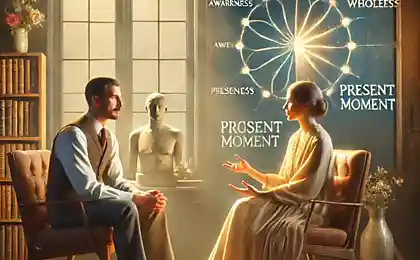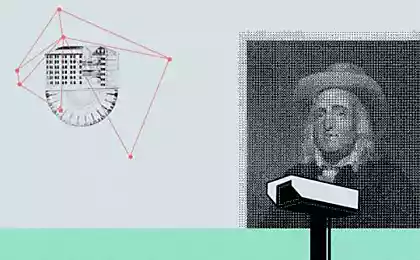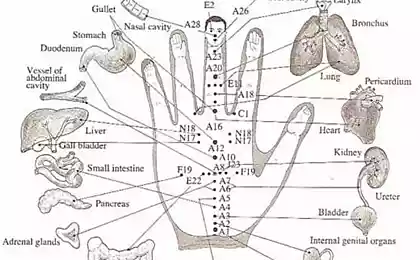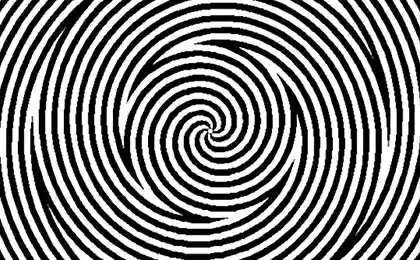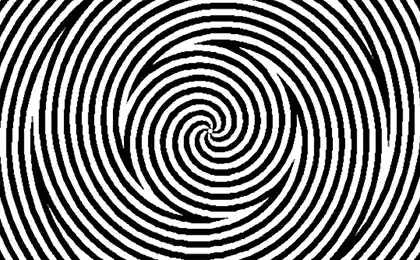272
Frederick Perls on projection: Ecology of life and psychology
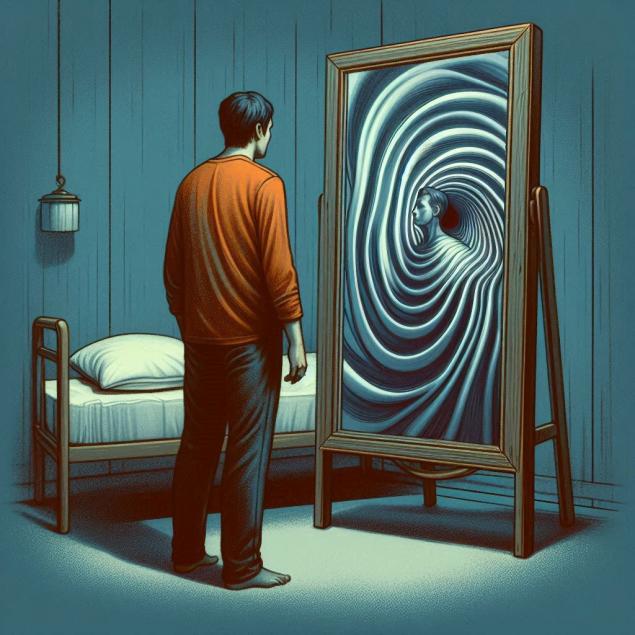
Introduction: What is hidden behind the mirror of perception?
Imagine a situation: you are walking down the street, and a passer-by gives you a slanting glance. You immediately think, "He's judging me." But what if that view is just a reflection of your own guilt or insecurity? This is the projection — the amazing psychological mechanism that Frederick Perls, one of the founders of Gestalt therapy, considered the key to understanding himself and the world. In this article, we will dive into the world of projection, learn how it is related to the ecology of our inner life, and understand how to use it for self-development and personal growth.
Projection is not just a psychological term. It is the way in which we, without noticing it, paint the world around us in the colors of our emotions. Let's see how it works and why Frederic Perls devoted so much attention to it.
Main article: Projection as a mirror of the soul
What is projection?
Projection is the process by which we attribute our feelings, thoughts, or desires to others. If introjection causes us to swallow the beliefs of others, then projection, on the contrary, throws out our inner states. For example, a person who is afraid of being rejected may suspect others of being cold, when in fact it is his own fear that speaks through him.
Frederick Perls, a German psychotherapist and philosopher, saw projection as not just a defense mechanism, but a way in which we evade responsibility for our emotions. Unlike Sigmund Freud, who associated projection with the unconscious, Perls focused on the here and now, emphasizing that awareness of projection can be a powerful tool of psychotherapy.
How does projection work in everyday life?
Let's turn to the real story. Anna, a 35-year-old teacher, constantly felt that her colleagues considered her incompetent. She noticed their "cold looks" and "mocking smiles." But one day, in a conversation with a friend, she realized that it was her own sense of insecurity that made her see others as criticism that wasn’t there. This is a classic example of how projection distorts reality.
According to a study published on Wikipedia, up to 60% of our judgments about other people can be related to projection. This means that much of what we see in others is a reflection of our inner world.

Frederick Perls and the Gestalt Approach
Perls believed that projection prevents us from living fully. He called it “self-denial” — instead of accepting our feelings, we pass them on to others. In Gestalt therapy, he developed techniques to help people reclaim that “lost” part. One of them is the hot chair. A person sits in front of an empty chair and imagines on it the person on whom he projects his emotions, and then talks to him. This practice helps us realize that the “enemy” often lives within us.
Another technique is working with dreams. Perls encouraged clients to “become” every element of their sleep to understand which parts of their personality they projected onto the world around them. For example, if you’re dreaming of an evil wolf, try being that wolf—perhaps your repressed aggression is looking for a way out.
Ecology of life: Why is projection important?
Projection is directly related to the ecology of our inner life. When we are not aware of our emotions, they pollute our perceptions, like toxic waste in nature. Awareness of projection clears this “inner landscape,” allowing us to live in harmony with ourselves and others. It’s not just psychology, it’s a philosophy of life where every step towards self-knowledge makes the world cleaner and clearer.
Conclusion: How to use projection for growth
Projection is not an enemy, but a teacher. It shows us what we hide from ourselves. Frederick Perls left us the tools to turn this machine into a path to self-development. By becoming aware of our projections, we learn to take responsibility for our feelings and build a more honest relationship with the world.

Here are some practical tips on how to work with projection in everyday life:
- Notice repeated thoughts about others. If you often think you’re not respected, ask yourself, “Isn’t that my feeling?”
- Analyze your reactions. Intense anger or irritation at someone can be a signal of hidden emotions within you.
- Try the “hot chair” technique. Set aside 10 minutes, sit in front of an empty chair and talk to "the one who pisses you off."
- Keep a dream diary. Write down your dreams and reflect on what feelings you may have “hidden” in their images.
- Ask questions. Instead of assuming what others are thinking, ask them directly—it destroys the illusions of projection.
Glossary
projection The psychological process of attributing one’s thoughts and feelings to others.
Introjection Accepting other people’s beliefs or feelings as your own.
Gestalt therapy A direction of psychotherapy created by Frederick Perls, which focuses on the awareness of the here and now.
Self-development - conscious improvement of their skills and qualities.
Personal growth development of self-awareness and inner harmony.
Psychotherapy Treatment of psychological problems through conversation and awareness techniques.
How to support the adrenal glands without medication: Health ecology
Ideal rest in the fresh air: how to organize a comfortable space in the country
